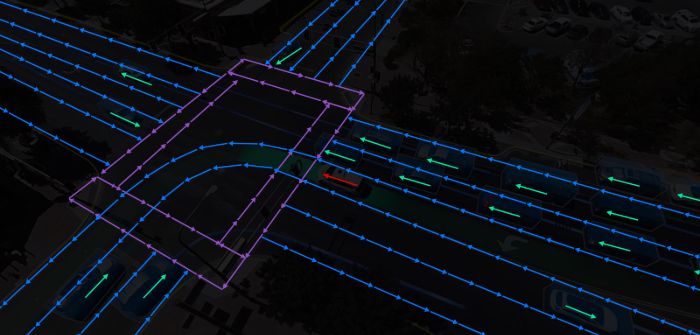Waymo has developed VectorNet to more accurately predict behavior with less computing power.
Predicting behavior is often hard to capture with map-derived traffic rules because driving patterns vary, and other road users may break rules.
Rendering the map into pixels and encoding the scene information with a convolutional neural network is the most popular way to incorporate highly detailed maps but it requires computing power and time.
Using VectorNet, map features and sensor input can be simplified into a point, polygon or curve. A lane boundary for example contains multiple control points.
Points can be represented as polylines containing multiple control points, with polylines further split into vector fragments.
All road features and the trajectories of other objects are represented as a set of vectors, and Waymo designs a network to effectively process sensor and map inputs.
In the first level, VectorNet gathers information within each polyline and in the second level, VectorNet exchanges information among polylines.
The neural network captures the relationships between vectors, and through learning such interactions, VectorNet’s data-driven, machine learning-based approach improves prediction of behavior.
Waymo also trained the system to learn from context clues to make inferences about what could happen next.
By masking out map features during training such as a stop sign at a four-way intersection and requiring the net to complete it, VectorNet can improve Waymo Driver’s understanding of the world and prepare for the unexpected.


